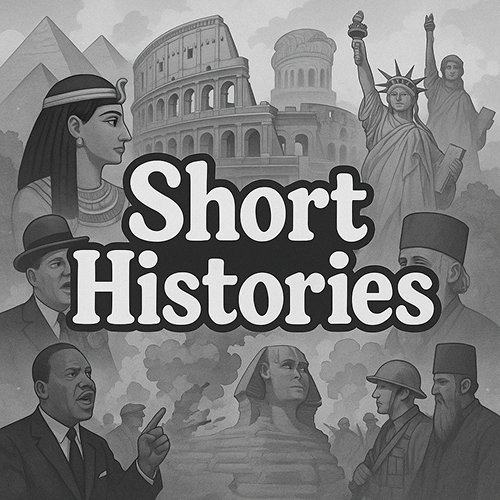The Day the Longships Stopped Sailing
Every empire, every legend, every roaring age has its dusk. The Vikings, for all their fury and fire, were no exception.
By the dawn of the 11th century, the Northmen who had once thundered down Europe’s rivers, who had burned, conquered, and claimed, were beginning to change not from weakness, but from necessity. The world had shifted beneath their feet.
A New God Comes North
For centuries, they had trusted in Odin’s ravens, Thor’s hammer, Freyja’s blessing. They had carved runes to ward off evil, made sacrifices beneath ancient trees. But the winds of faith were changing.
Christianity had been creeping northward first through traders, then through kings, then through blood. By the time Harald Bluetooth accepted baptism in the 960s, the writing was on the stone. His conversion wasn’t just personal, it was political. To survive among Christian Europe, the Vikings would need to change their gods.
Churches rose where temples had stood. Crosses replaced runestones. Baptismal water washed away centuries of thunder and fire and with it, the Viking heart grew quieter.
From Raiders to Rulers
It wasn’t just faith that changed them. Power had found a new shape. The scattered jarls and warbands began to forge kingdoms: Norway, Denmark, Sweden. Thrones replaced shields. Law replaced blood-feuds. Kings made treaties where once warriors had drawn blades.
The Normans, once wild Northmen, had become dukes and lords, speaking French but carrying Viking blood in their veins. In 1066, they would land at Hastings and conquer England not as raiders, but as kings-in-waiting. Their saga had evolved from fire and axes to crowns and courts.
The Last of the Berserkers
Even so, the old spirit lingered. Harald Hardrada, the last great Viking king died beneath English arrows at Stamford Bridge in 1066, trying to carve one final legend. With his fall, the age of Viking conquest ended.
No longer would Europe tremble at sails on the horizon, no longer would monasteries bolt their doors in terror, the North had been tamed.
Yet something deeper endured.
What the North Left Behind
Their gods fell silent, but their influence spoke louder than ever.
- Language: Words like "egg," "sky," "anger," "husband" still trace back to Old Norse tongues.
- Law: Assemblies called Things became models for modern parliaments.
- Exploration: Their maps hinted at lands unseen for centuries.
- Culture: From Tolkien’s epics to Marvel’s Thor, the Viking shadow lingers.
Even today, Icelanders can read ancient Norse texts without translation. In Sweden, Norway, Denmark, the runestones still stand, silent markers of an age when men believed death could be conquered through deeds.
How Legends End
Not with a sword, not with a scream, but with time. The Vikings didn’t vanish, they became, they became Christians and they became kings. They became Normans and Russians and Englishmen, their blood runs through veins far from the fjords, their courage runs through tales told to children.
They taught the world that the horizon wasn’t an end, but an invitation. They taught us that courage wasn’t born in comfort, but in risk. They taught us that even the fiercest flame can become legend.
Their ships no longer sail. But their story?, t never sank.
Next Time: A Short Histories Saga — The Spartans: Sons of War, Children of Discipline
A deep dive into the ruthless, disciplined world of Sparta. From childhood brutality to battlefield glory, discover how this warrior society became legend.
Please go back to top & scroll gently

